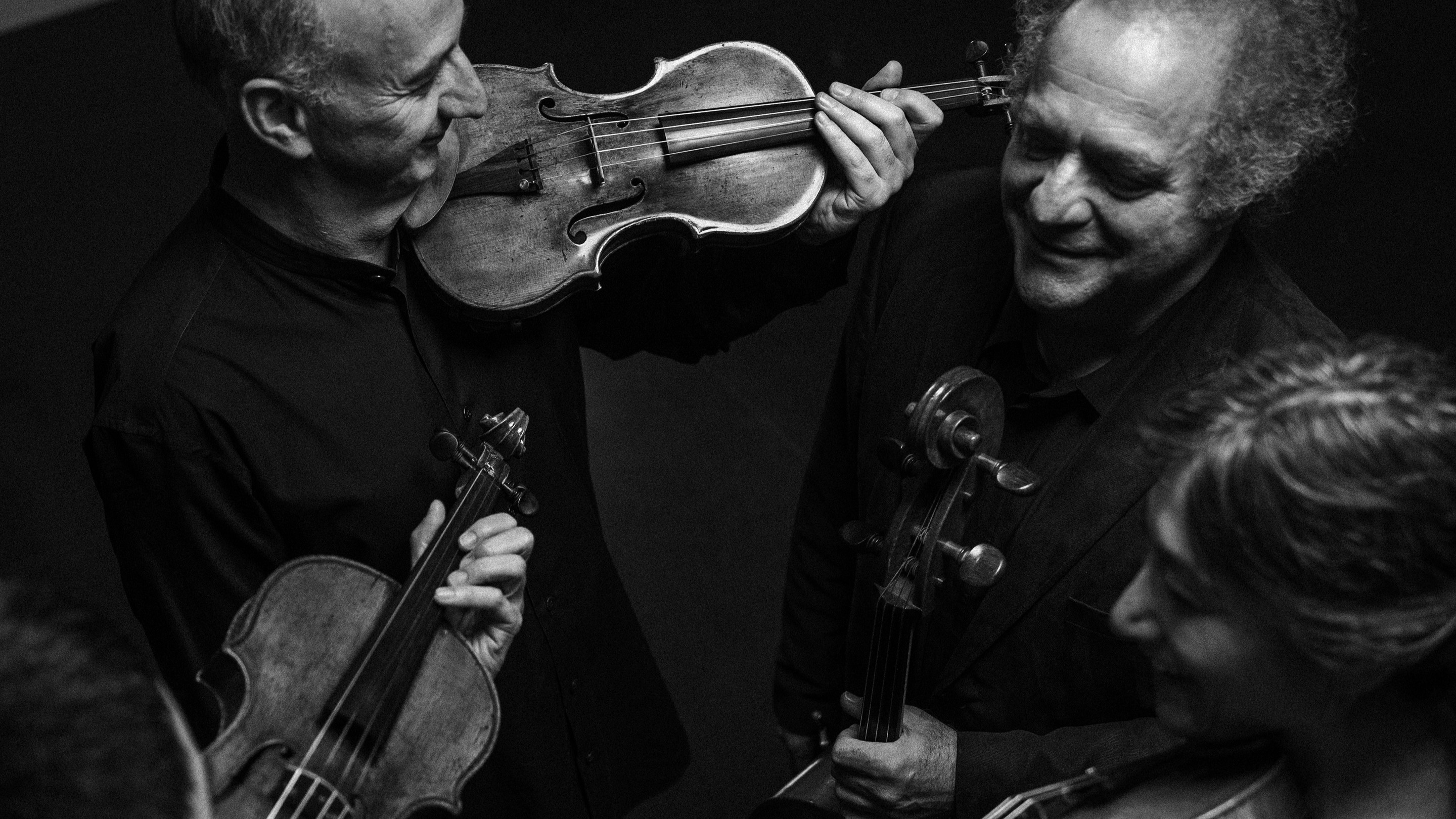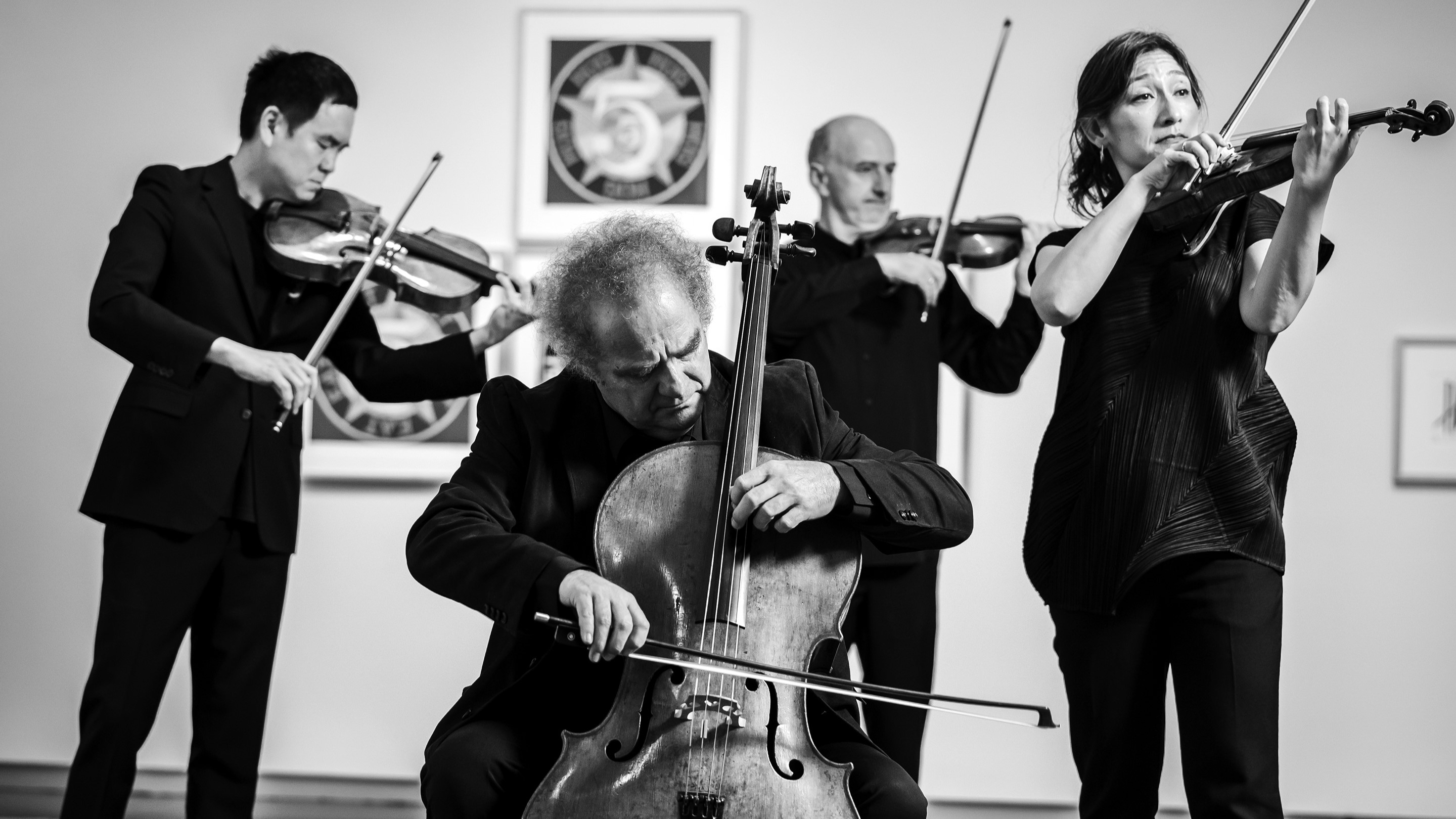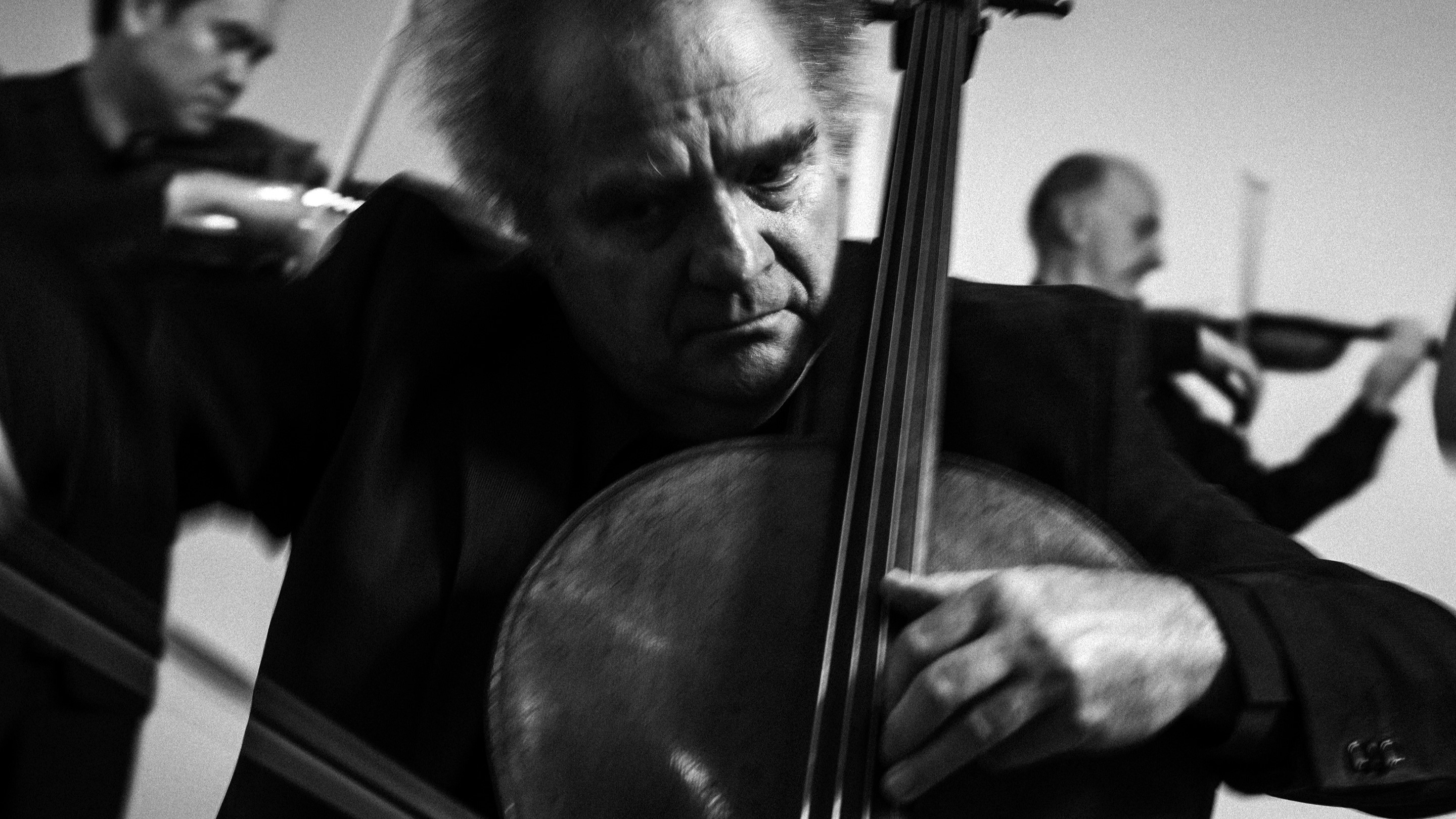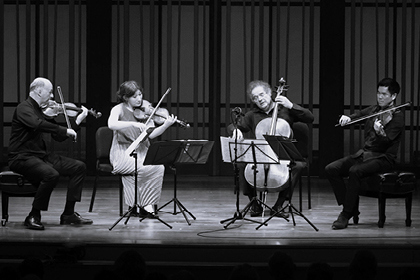Fejér recalled that they 'thought we knew, if not everything, most things, and these three wonderful teachers made that confident feeling disappear in a matter of hours.
'That was the last time any one of us thought we knew anything,' he added.
Despite the travel difficulties imposed by life behind the Iron Curtain, the Takács rose quickly, winning a series of competitions. They studied Bartók with Zoltán Szekély, who had premiered the composer’s Second Violin Concerto and still called his old friend Béla. They also found a mentor in Dénes Koromzay, who, like Szekély, had played in the legendary Hungarian String Quartet. In time, Takács-Nagy said, they became more aware of themselves as part of a distinguished national lineage.
'The Takács offered all the virtues of Central Europe’s string-playing tradition and only occasionally its defects,' Bernard Holland of The New York Times wrote after hearing them on their first U.S. tour, in 1982. Other quartets might be more precise, he went on, but with the Takács, 'one felt always in the presence of music.'
After a series of shorter stays in the United States, the Takács members defected in 1986 and moved to Boulder, where Koromzay taught. The Hungarian String Quartet had once been in residence there, and the Takács found a community proud to give personal and professional aid. One local philanthropist, Fay Shwayder, eventually bought it four new instruments; after Takács-Nagy left the quartet with hand trouble in 1992, another benefactor offered Dusinberre, fresh from his studies at the Juilliard School, a loan to buy a house.
The Takács was already a fine quartet, with a lyrical, emotionally frank sensibility that rarely underplayed the character of a phrase. Soon after Dusinberre and Tapping joined Schranz and Fejér, though, critical admiration turned into critical adulation. In 1998, the Takács released a set of visceral Bartók quartets on Decca that remains a reference today. Even more celebrated was a later Beethoven survey that the New Yorker critic Alex Ross judged 'the most richly expressive modern account of this titanic cycle.' Showered with awards, it showcased the kind of playing — daring yet secure, humane yet heaven-bound — that listeners could spend a lifetime with. Indeed, it shaped entire careers.
'I had their cycle, and I was just so amazed by it,' recalled O’Neill, who first auditioned for the quartet while he was a student at Juilliard two decades ago, before eventually replacing Walther after her retirement 15 years later. 'It started this lifelong obsession of wanting to play the entire cycle because of them.'
How, then, has the Takács so reliably stayed the Takács?
There are small things, like the way that the players sit a little farther apart than the norm, or the means they have found to conclude arguments, including sending a player out into a hall to give a verdict on a phrase.
Perhaps more important is the Takács’s fundamentally inquisitive nature, a professed desire to stay humble in front of the music and one another. All great quartets have had a similar curiosity, but it remains remarkable that you can select almost any of the Takács’s recordings — especially those it has made since a savage Schubert 'Death and the Maiden' announced the group’s move to the Hyperion label in 2006 — and find playing that takes nothing for granted.
Stephen Hough, the English pianist and composer who wrote his first quartet for the group, recorded the Brahms Piano Quintet with the Takács in 2007 and toured the piece again with the current foursome this year. 'Each of them was injecting new ideas, night by night,' Hough said of those concerts.
Dusinberre felt something similar from the earliest hours he spent in Boulder, rehearsing during his audition. '"Playing it safe" didn’t seem to form any part of the Takács’s musical philosophy,' he wrote of that experience. Rhodes cites the 'good, healthy danger' of Schranz’s playing as one of the main reasons she decided to become a second violinist at all. When she first heard the quartet, she said, 'all the pieces had this feeling of exploration and adventure, and there was this overall feeling of mischief, like children having fun together.'





